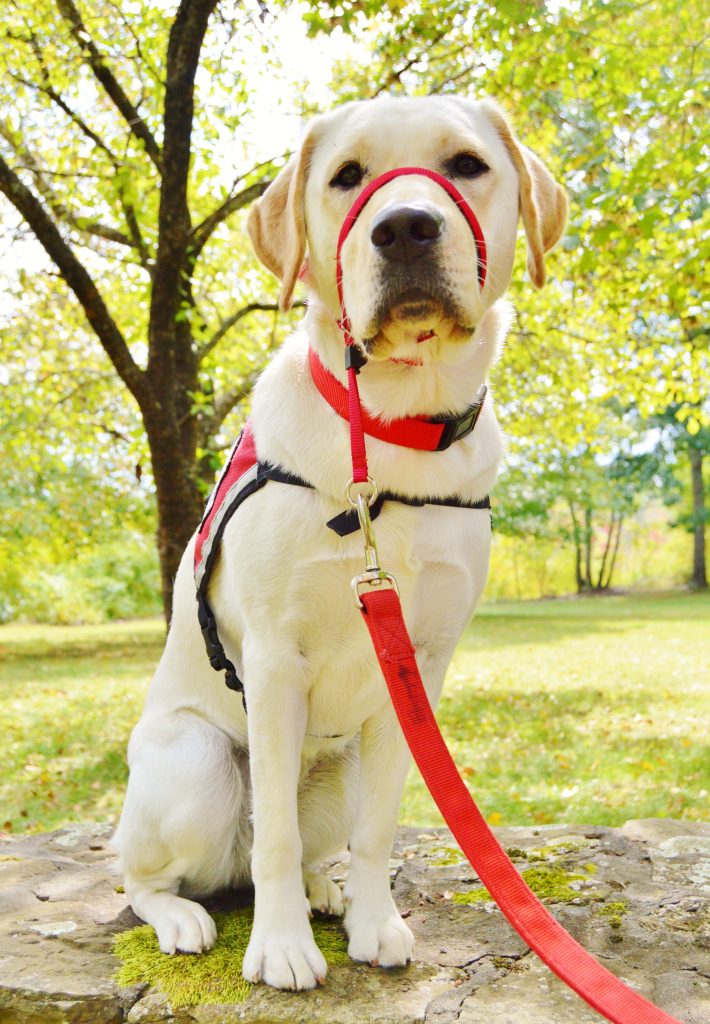Keep ’em Slim and Trim
By now you know that NEADS is very concerned with the body condition of their working dogs. We track the weight of each dog from puppyhood through adulthood, watching growth closely and monitoring body condition each time we lay eyes on the dog. We record changes in weight and adjust feeding rations as well as exercise plans according to each dog’s individual needs. While the dog is in our care, it is easy for our team of professionals to keep him at (or at least striving for) his ideal weight. But when he goes home with his new partner, it is not uncommon for pounds to creep up unnoticed. This may be due to a change in activity level/routine, maturation or leveling off of metabolism, or an accidental increase in calorie intake.
Whatever the cause, it is important to weigh your dog regularly in order to stay on top of any changes. We recommend monthly weigh ins for dogs who are on a maintenance plan, or weekly weigh ins for dogs who are on a weight reduction plan. Rarely, we do see dogs that have lost too much weight and need to put on a few pounds to get back into their target weight range. But this is uncommon in Labs, since they have a strong tendency to pack on the pounds.
There are many reasons to keep your dog thin. Some of the most convincing benefits of living at an ideal weight are: increased energy and stamina, less stress on the heart and joints, greater agility and ability to complete tasks, and reduced risk of disease or injury. Many of these translate to a happier, healthier dog as well as a fully functioning working team. It also means (hopefully) fewer vet bills or interruptions in work for you. But one of the most pressing conclusions that research on body condition has suggested is that your dog will actually live 15% longer if they are kept lean throughout their life. Check out the historic study done by Purina in 2002 for details.
According to this study, Labs lived an average of 2 years longer when they were fed a restricted diet, and in turn maintained a lean body mass, as compared to dogs that were fed more (and weighed more) throughout their lives. Who wouldn’t want 2 extra years with their best friend? Two YEARS! And not only that, the incidence of chronic illness or disease affliction that required treatment was delayed by the same amount of time. For us, that means that the likelihood of your dog being able to work longer is vastly increased and you can delay the need for retirement until the dog is well into his double digits in age.
Many clients ask us how long our dog’s average working life span is. Although that number varies, we are proud to say that most of our service dogs work until they are at least 10 years old, with many exceeding that by several years. We hope that you will help us to push that goal even further by keeping your dog slim and trim as long as he is in your care. His life depends on it.
Christy Bassett – Senior Trainer

